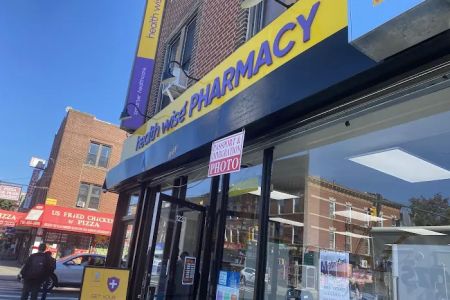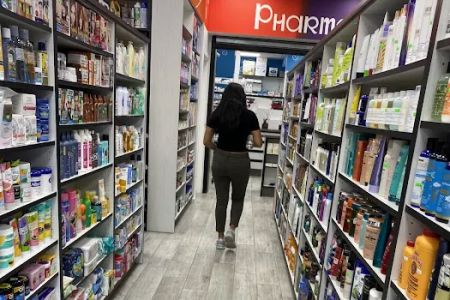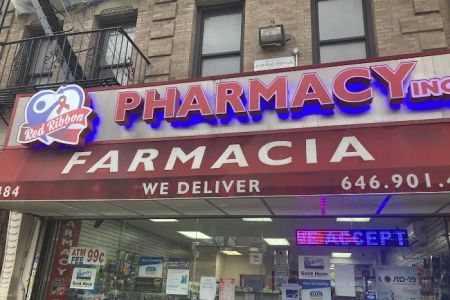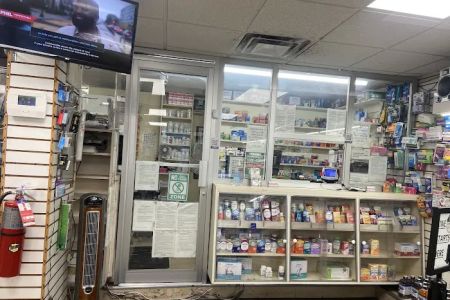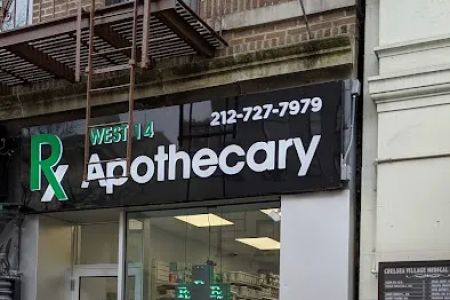
How Pharmacies Play a Crucial Role in Patient Assistance Programs
As someone who has dealt with healthcare challenges firsthand, I can attest to the importance of patient assistance programs. These programs, often offered through pharmacies, provide invaluable support to individuals struggling with the high cost of prescription medications. In this article, I will dive into how pharmacies are stepping up to help people access the medications they need without breaking the bank. Whether you're dealing with chronic conditions, temporary illnesses, or financial hardship, understanding how these programs work can make a significant difference in your healthcare journey.
The Rising Costs of Prescription Medications
The rising costs of prescription medications have become a significant barrier to healthcare access for many people. When I was faced with the decision to either pay for expensive medications or forgo treatment, I quickly realized that I wasn’t alone in my struggle. According to a recent survey, nearly 1 in 4 Americans have either delayed or skipped prescriptions due to cost. It’s a heartbreaking reality, especially when medications are essential for managing conditions like diabetes, hypertension, and cancer.
Fortunately, pharmacies across the country are stepping in to help mitigate these costs by offering patient assistance programs. These programs help patients reduce the financial burden of medications by providing discounts, financial support, or even free prescriptions for those who qualify.
What Are Patient Assistance Programs?
Patient assistance programs, or PAPs, are designed to help individuals who are struggling to afford their medications. These programs are typically run by pharmaceutical companies, non-profit organizations, or pharmacies themselves. Some pharmacies offer direct assistance, while others act as intermediaries, helping patients navigate the application process for various assistance programs.
These programs can provide a variety of services, such as:
- Discounted medications
- Free prescriptions for low-income patients
- Help with co-pays or insurance premiums
- Support for uninsured individuals
In my experience, I found that understanding the specific eligibility criteria for each program was crucial. Many patient assistance programs are income-based, but some also take into account factors like the type of medication needed, the patient’s age, or whether they have insurance. The key to accessing these services is knowing where to look and how to apply.
How Pharmacies Are Assisting with Patient Programs
Pharmacies are becoming vital partners in the fight for affordable healthcare. Many major pharmacy chains, including CVS, Walgreens, and Rite Aid, offer their own patient assistance programs or collaborate with pharmaceutical companies to help patients access medications at a lower cost. Additionally, independent pharmacies often provide personalized support to guide patients through the process.
One of the best things about these programs is how accessible they are. I remember visiting my local pharmacy and speaking with a pharmacy technician about a particular medication that I couldn’t afford. The technician was incredibly knowledgeable about the patient assistance programs available for that medication, and they helped me fill out the necessary paperwork. What’s more, they followed up with me to ensure I was approved for the assistance and received my medication without delay. This kind of personalized support makes a huge difference in the lives of patients like myself.
Real Stories of Success
Let me share a story that highlights the power of patient assistance programs. A close friend of mine was recently diagnosed with diabetes and prescribed insulin. While insulin is a life-saving medication, it can be prohibitively expensive for many patients. My friend was worried about how she would be able to afford the medication, but her pharmacist suggested she apply for a patient assistance program. Within a week, she was able to get the medication at no cost. It was a life-changing moment, and she’s been able to manage her condition much more effectively since then.
For many people, the financial relief provided by patient assistance programs can be the difference between getting proper treatment and falling into a cycle of untreated illness. The peace of mind knowing that your medications are covered gives you the strength to focus on your recovery, not the cost of your prescriptions.
How to Apply for Patient Assistance Programs
If you think you might be eligible for a patient assistance program, the first step is to reach out to your pharmacy. Many pharmacies have dedicated staff who are trained to assist with applications for these programs. Some pharmacies even have online tools that help you determine which programs you may qualify for based on your income, insurance status, and prescription needs.
Another option is to visit the website of the pharmaceutical company that manufactures your medication. Many companies have information about their patient assistance programs and offer online applications. Additionally, websites like NeedyMeds and RXAssist provide resources to help patients navigate these programs and find the best options for their needs.
In some cases, you may need to provide documents like tax returns or proof of income to demonstrate your eligibility. While the process may seem daunting, remember that pharmacy staff are there to help you every step of the way. Don’t hesitate to ask for assistance if you feel overwhelmed by the paperwork.
Why Patient Assistance Programs Are Essential
Without the support of pharmacies and patient assistance programs, many individuals would be left without the medications they need to stay healthy. These programs are a lifeline for millions of people who are struggling to make ends meet. Whether it's a chronic condition or a temporary illness, accessing affordable medications is a right that should not be limited by financial status.
Pharmacies are not just places where medications are dispensed—they are a critical part of the healthcare system. They offer more than just prescriptions; they offer guidance, support, and a path to better health. By utilizing patient assistance programs, pharmacies are making it possible for patients to afford the treatments they need to lead healthy lives.
The Future of Patient Assistance Programs
As the healthcare landscape continues to evolve, it’s exciting to think about the future of patient assistance programs. Many pharmacies are expanding their offerings and working more closely with pharmaceutical companies to create even more robust programs. With the increasing availability of online services, patients can now access these programs from the comfort of their own homes. This technological advancement is opening doors for those who might otherwise be unable to access traditional assistance programs.
While there’s still work to be done in addressing the high costs of healthcare, patient assistance programs are a step in the right direction. As I’ve experienced firsthand, these programs have the power to change lives. Pharmacies will continue to be at the forefront of this effort, helping patients get the medications they need to live healthier, more fulfilling lives.









